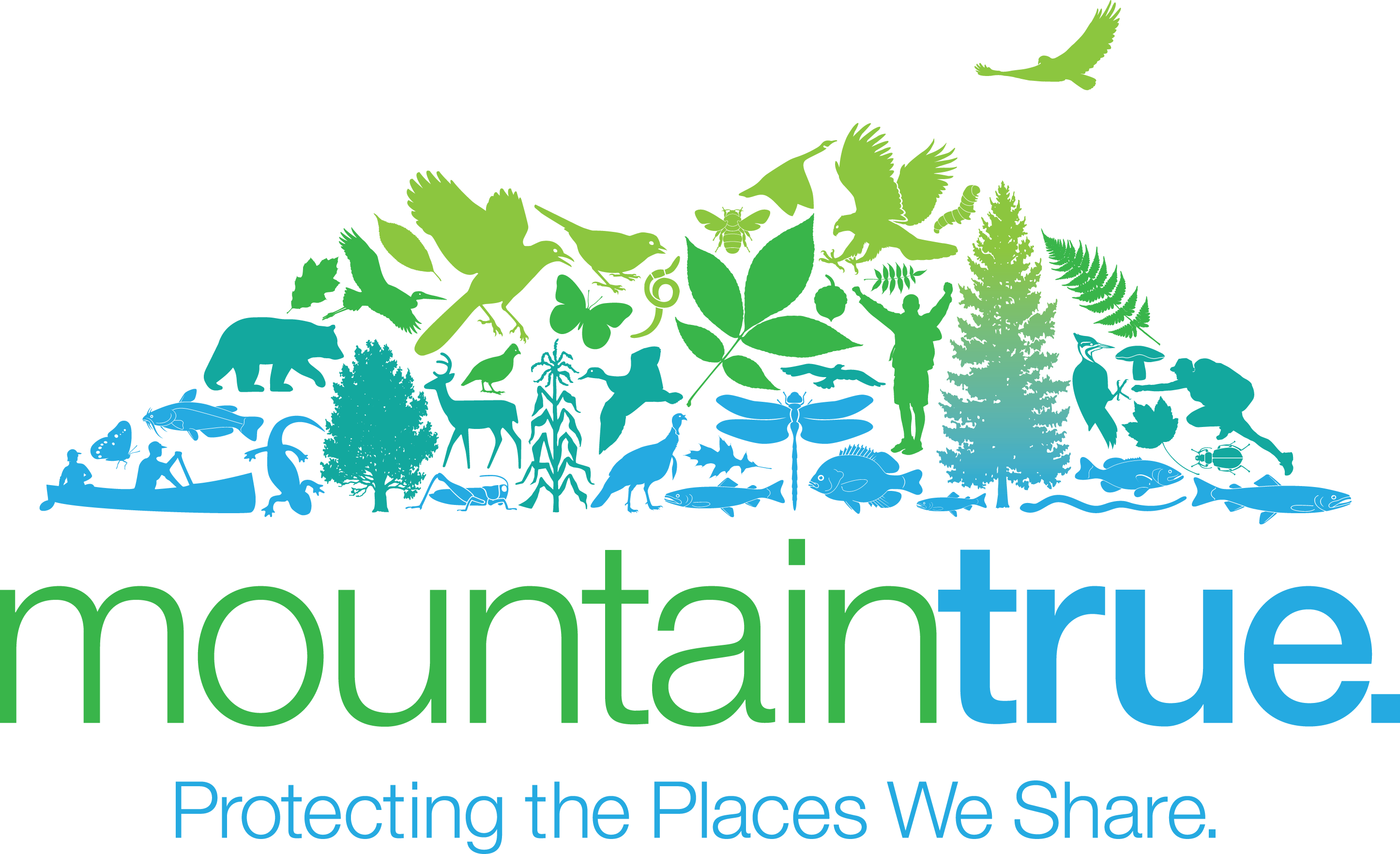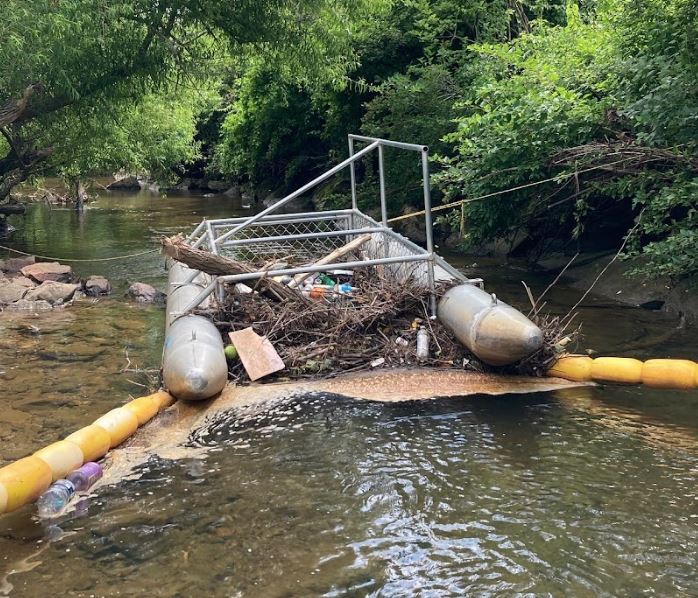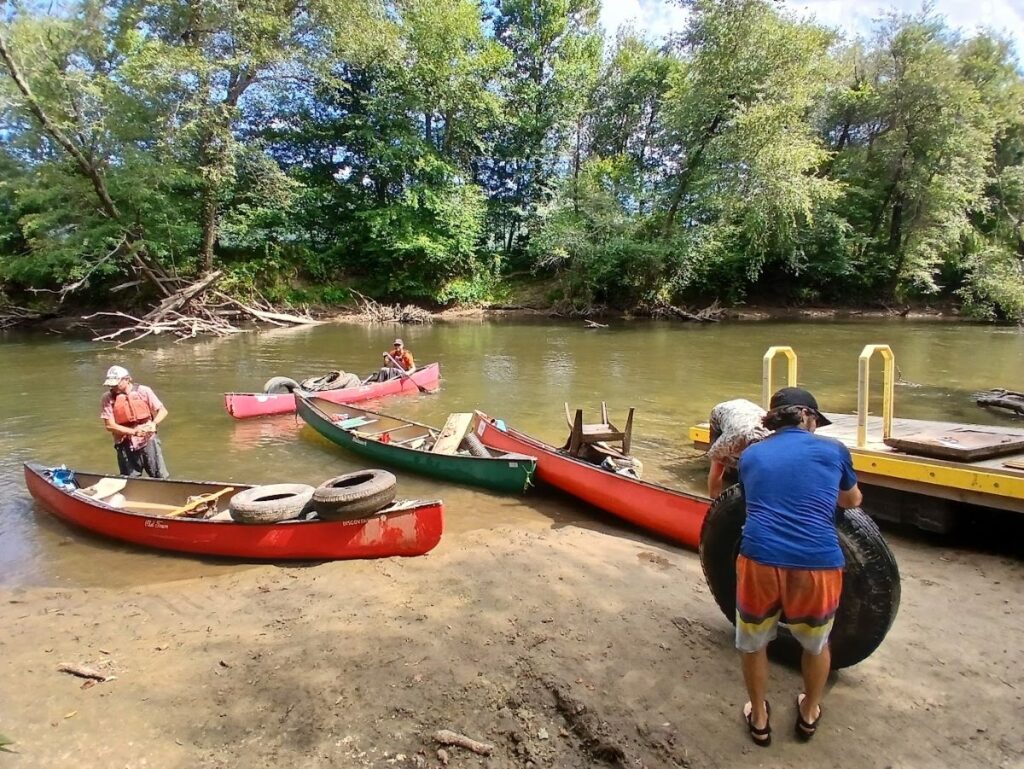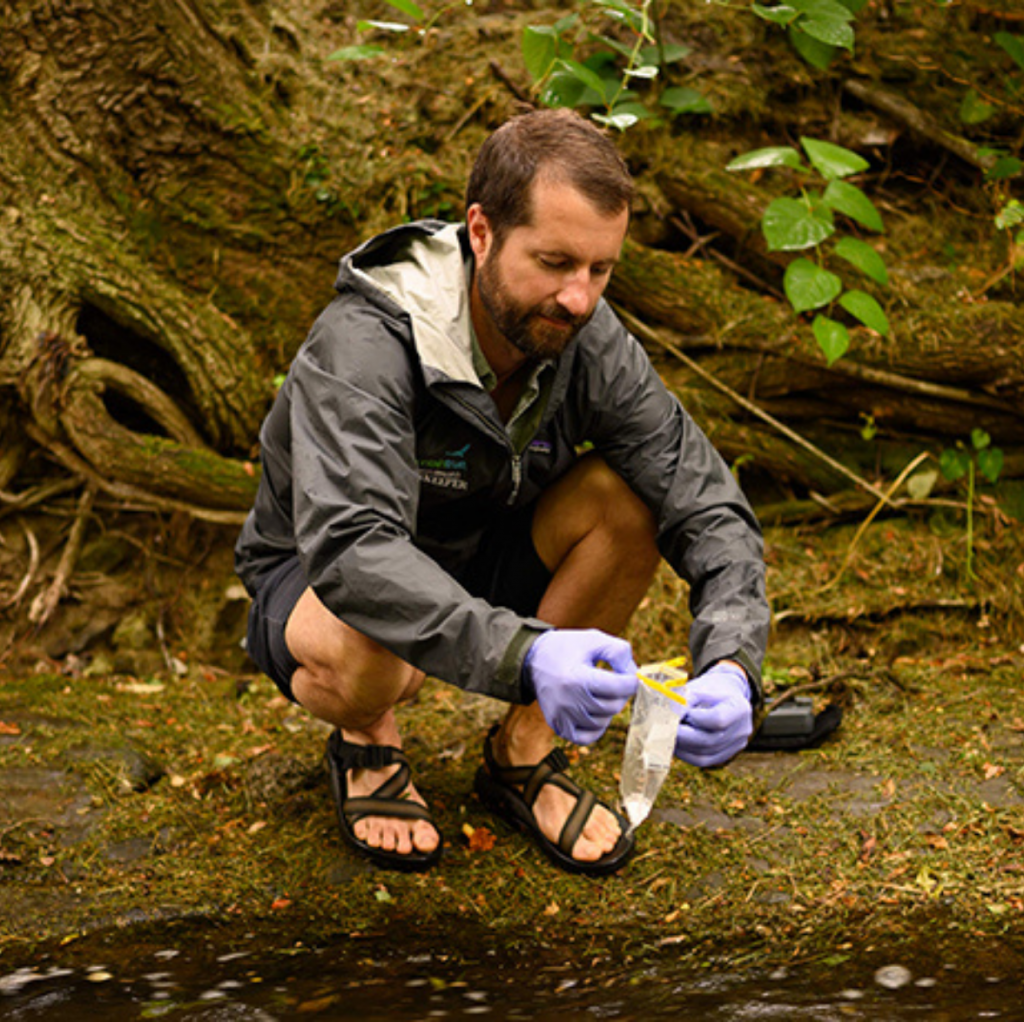MountainStrong Hurricane Recovery Fund
In the wake of Hurricane Helene, MountainTrue is dedicated to addressing the urgent needs of our community.

- This event has passed.
Muddy Water Watch Training – June 20
June 20, 2016 @ 12:00 pm - 3:00 pm
Come learn how you can help prevent sediment from entering the river. Have you ever seen sediment or dirt running off of a construction site? Unfortunately, this is a common occurrence, and all this sediment will eventually end up in our waterways, polluting aquatic habitats and ecosystems. This class will teach you the proper way construction sites are supposed to mitigate for their disturbance on the land, and what to do if you find something different.
June 20 – Marshall Public Library from 4 p.m to 7 p.m.
11 N. Main Street
Marshall, NC



